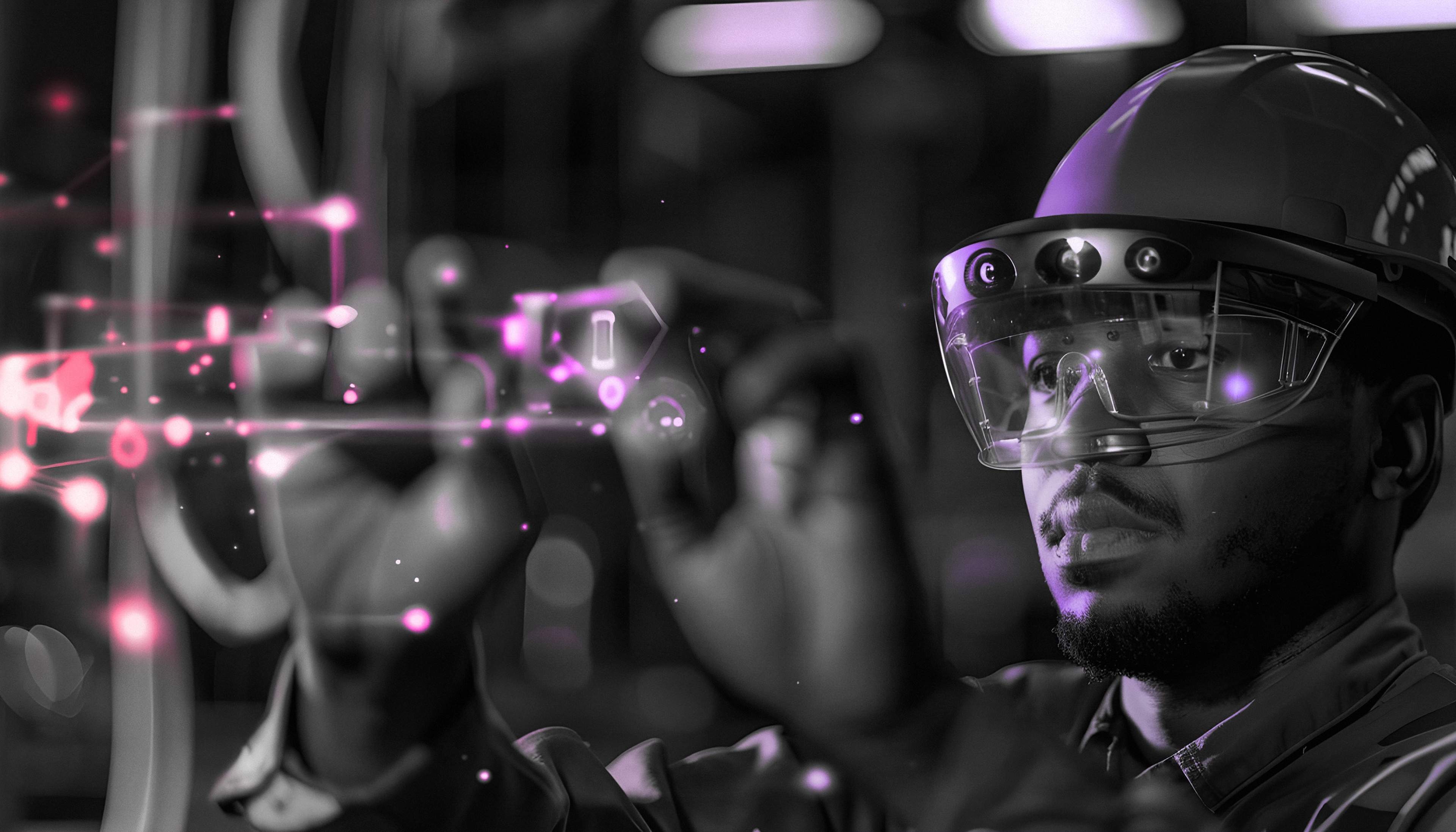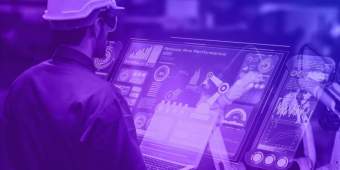In the first part of this series, we explored various digital twin applications for the manufacturing sector: better predictive maintenance, energy use optimization, and speeding up complex decision-making.
Here, we’ll explain how to know whether something is a good fit for building a digital twin and then look at the data strategy roadmap required to get from where you are today to a digital twin-enabled operating model.
What makes something a good fit for a digital twin?
While there's no simple diagnostic for whether something will make a good digital twin, there are some guiding principles that can point you in the right direction. Think of this as the CPM test.
First, the system should be a specific, contained segment of your manufacturing process or a specific set of assets. This is largely because building and learning from a digital twin is an iterative process, so it’s best to start small.
Second, the system or asset group you choose should have a manageable scope but also be pertinent to your organization as a whole. If, for example, you’re a global organization, the system you choose to replicate via digital twin should have global components (e.g., your shipping processes).
Finally, the system or assets must have parameters you can measure and impact. If, for example, you wanted to build a digital twin of your energy use with the goal of optimizing usage, you’d need a system for gathering data on current use, as well as the flexibility to make changes.



